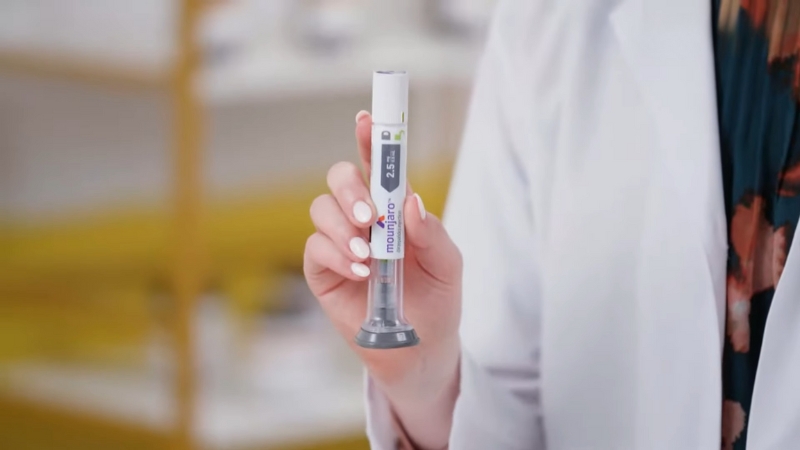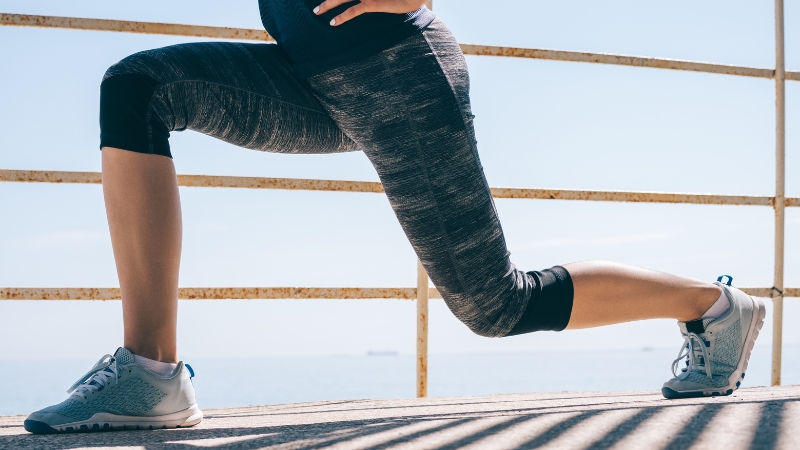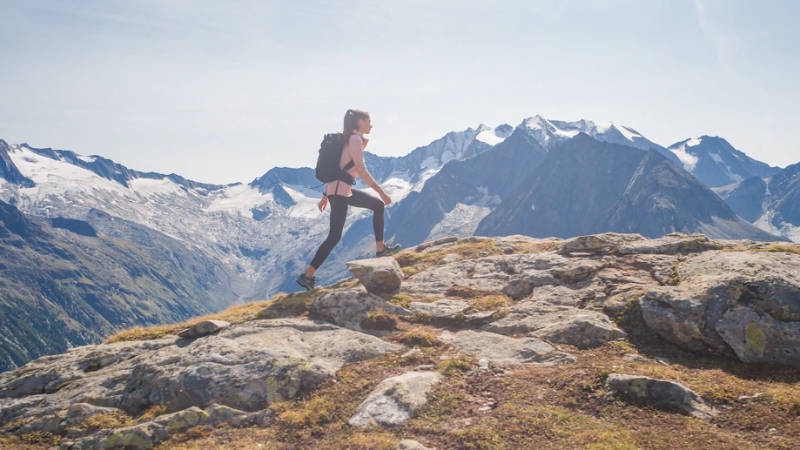
Share Post:
Mountain treks are physically demanding, weather-dependent, and often require gear decisions that directly affect safety and success.
Whether you’re hiking the Inca Trail to Machu Picchu (2,430 m), trekking Nepal’s Annapurna Circuit (5,416 m), or summiting Kilimanjaro (5,895 m), your equipment must account for altitude, terrain, weather, and emergency contingencies.
At elevations above 2,500 meters, hikers begin to face a measurable risk of altitude-related issues, including acute mountain sickness (AMS), hypoxia, and severe dehydration.
The World Health Organization notes that up to 75% of people trekking above 3,000 m experience at least mild AMS without preventive strategies. Your gear is your first line of defense.
Layered Clothing System: The Foundation of High-Altitude Comfort
High-altitude environments are notorious for extreme temperature shifts—from below freezing at night to intense solar exposure by midday. A layered approach is essential to manage this variability.
Key Components of a Mountain Layering System
| Layer | Purpose | Recommended Features |
| Base Layer | Moisture-wicking, temperature regulation | Merino wool or synthetic polyester |
| Mid Layer | Insulation | Fleece or lightweight down |
| Outer Shell | Wind and waterproofing | Gore-Tex, seam-sealed, pit zips |
| Pants | Movement + protection | Softshell or convertible hiking pants |
| Accessories | Extremity protection | Wool socks, insulated gloves, balaclava, UV-rated sunglasses |
Footwear and Traction: Protect Your Most Important Tool—Your Feet
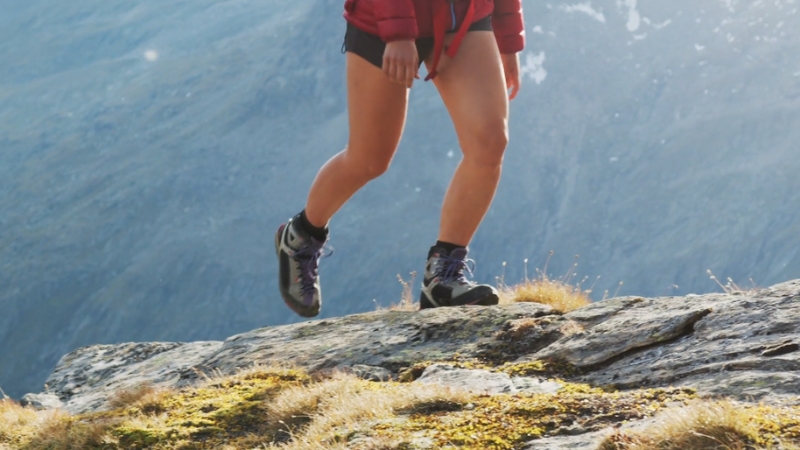
Boots Matter More Than You Think
Your boots need to provide support, water resistance, and breathability across changing terrain, from rocky scree to snowfields. A poorly chosen boot can lead to blisters, tendon strain, and fatigue.
- Trekking boots (mid-ankle) for up to 4,000 m
- Mountaineering boots (stiff sole + insulation) above 4,000 m or for glacier routes
- Break them in with at least 30 km of use before your expedition
Traction Tools
- Microspikes or crampons for icy mornings or glacier crossings
- Gaiters to keep snow, debris, and water out of boots
Hydration and Nutrition Systems
@drinkdripdrop Thru-Hiking & the science behind hydration! 🔥🌵 #pacificcresttrail #hydration ♬ Standout – Kid Dean
Altitude dehydrates you faster. Cold air reduces your thirst response, but your body still loses fluids rapidly through increased respiration and dry air exposure. Dehydration worsens symptoms of AMS.
Essentials
- 3L hydration reservoir with insulated tube to prevent freezing
- Electrolyte tabs or powders (e.g., Nuun, Liquid I.V.)
- Water purification method: UV pen, chlorine tablets, or hollow-fiber filter
Nutrition Tips for Altitude
- Prioritize complex carbs and fat for sustained energy
- Include quick sugar snacks for fast recovery (gels, dates, energy bars)
- Avoid excessive protein—it takes more oxygen to digest
Sleep Systems and Insulation
Even in summer, mountain nights often drop below 0°C. Sleep quality is also reduced by altitude, so a well-assembled system can make a huge difference in recovery.
Must-Haves for High-Altitude Camping
| Item | Specification |
| Sleeping Bag | Rated to at least –10°C (14°F) or lower |
| Insulated Sleeping Pad | R-value ≥ 4.0 |
| Bivvy or Tent | 4-season for elevations >4,000 m |
Altitude Safety Tools: Oximeters, Medications, and Canned Oxygen
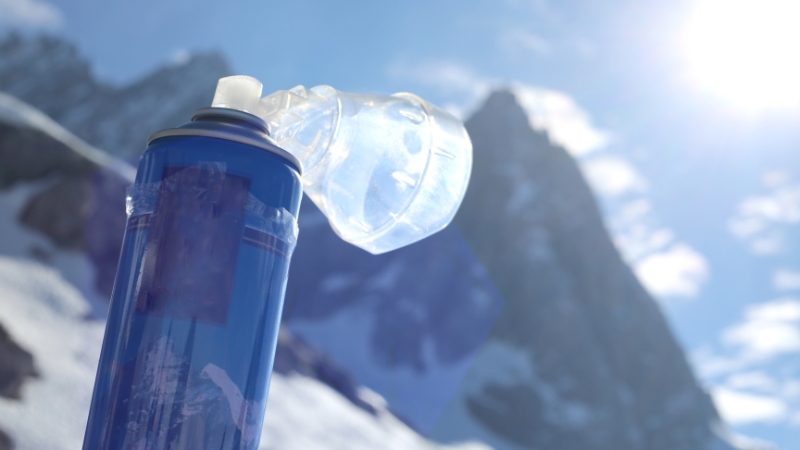
Trekking above 3,000 meters (9,843 feet) brings with it a sharp increase in the risk of altitude-related illness. At these elevations, reduced atmospheric pressure leads to lower oxygen availability—something the body struggles to adapt to without proper pacing, hydration, and rest.
If mismanaged, mild discomfort can escalate to serious conditions like High-Altitude Pulmonary Edema (HAPE) or High-Altitude Cerebral Edema (HACE), both of which are life-threatening.
Critical Safety Gear for Altitude Monitoring and Management
Pulse Oximeter
A compact, finger-based pulse oximeter is one of the most practical tools you can carry. It provides real-time readings of blood oxygen saturation (SpO₂), which helps detect early signs of hypoxia.
- Normal range at sea level: 95–100%
- Acceptable at altitude: ≥80% above 3,000 meters
Readings below 80% warrant immediate rest and rehydration, and if symptoms worsen, descent.
Canned Oxygen (e.g., Boost Oxygen, Oxygen Plus)
While not a substitute for proper acclimatization, canned oxygen provides brief, fast-acting relief from mild hypoxia. It’s especially helpful during short bursts of exertion (e.g., steep summit pushes) or when sleeping at higher elevations, where breathing becomes shallower.
- No prescription needed
- Lightweight (~100g per canister)
- Useful as a temporary aid, not a treatment for moderate or severe AMS
Acetazolamide (Diamox)
This prescription medication accelerates acclimatization by acidifying the blood and stimulating deeper breathing. It’s typically used:
- Prophylactically starting 24–48 hours before ascent
- Therapeutically, to manage early AMS symptoms
- Common dosage: 125 mg twice daily (check with a travel medicine physician)
Anti-inflammatories: Ibuprofen or Aspirin
Both are effective at managing altitude-related headaches and muscle inflammation. Ibuprofen may also reduce AMS severity, according to several studies, when taken in the early stages.
Altimeter Watches with AMS Alerts
Smartwatches such as the Garmin Fenix 7X or Suunto 9 Peak Pro feature barometric altimeters and customizable altitude gain thresholds. They can alert the user if ascent rates exceed safe acclimatization standards (typically no more than 300–500 meters/day once above 3,000 m), giving trekkers a chance to slow down and rest.
Navigation, Emergency, and Power: Redundancy Matters
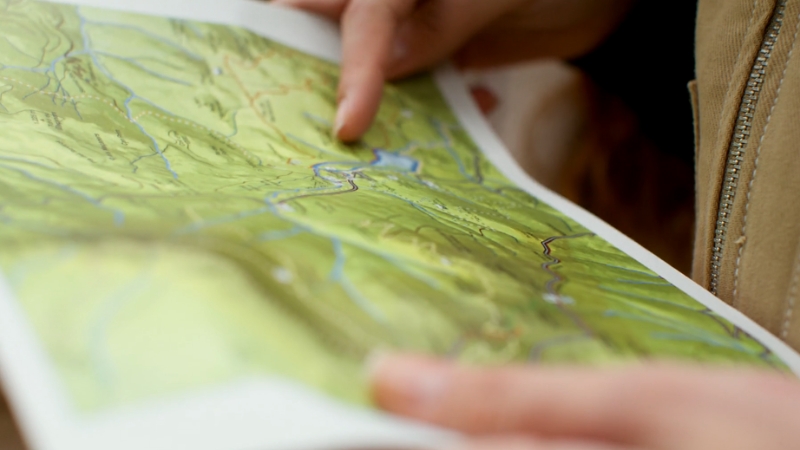
High-altitude environments create unique challenges for orientation and communication. Cell service is often unreliable or nonexistent.
Freezing temperatures can kill lithium batteries in hours. And mountain fog or snow can obliterate visibility. For these reasons, navigation redundancy and emergency signaling are essential components of any high-altitude gear list.
Essential Navigation and Emergency Tools
| Tool | Purpose |
| GPS Watch with Barometric Altimeter | Tracks elevation gain, monitors pacing, and provides breadcrumbs (e.g., Garmin Fenix, Coros Apex 2) |
| Satellite Messenger (e.g., Garmin InReach Mini 2) | Enables SOS activation and two-way messaging without cell service; vital in remote locations |
| Topographic Map and Compass | Paper maps never fail due to cold or water damage—essential for emergency fallback |
| Headlamp with Extra Lithium Batteries | Navigating after dark or during alpine starts, lithium performs best in cold weather |
| High-Capacity Power Bank (≥10,000 mAh) | Charges essential electronics—phones, watches, headlamps—especially on treks >5 days |
Daypack and Loadout Strategy: Pack Light, Pack Right
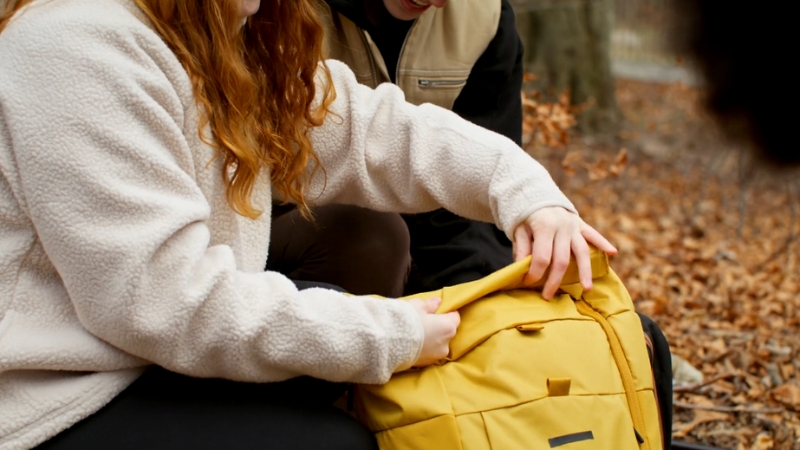
When ascending through variable terrain—rock fields, glaciers, forest, and ridgelines—a well-balanced and thought-out pack can reduce fatigue and oxygen consumption. A dual-pack system is recommended for most multi-day treks.
Pack Breakdown
Daypack (20–35L)
Carries your on-the-go essentials—hydration system, windproof jacket, snacks, gloves, emergency whistle, small med kit, headlamp, and navigation tools. Choose one with:
- Sternum strap
- Hip belt
- Weather-resistant zippers
- Hydration bladder compatibility
Trekking Pack (50–65L)
Used for portage between base camps or for expeditions requiring full self-sufficiency. Should hold:
- Sleeping bag and pad
- Tent or bivy
- Stove + fuel
- Layers and food
- Bear bag or canister if trekking in wildlife zones
Pack Weight Rule of Thumb
Keep total pack weight below 20% of your body weight. At high altitudes, heavier loads not only slow your pace but also increase oxygen demand and the risk of exhaustion.
Final Takeaway
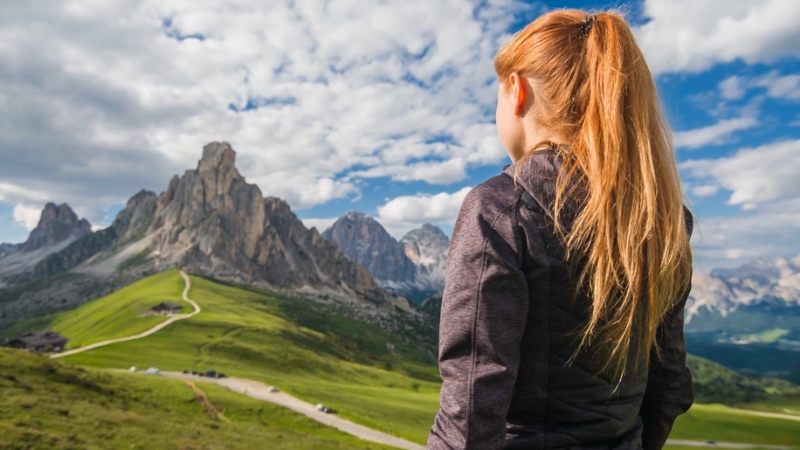
Trekking at high altitudes demands gear that balances thermal protection, hydration, load efficiency, and emergency readiness. While technical clothing and footwear are fundamental, tools like pulse oximeters, satellite messengers, and even canned oxygen can be lifesaving or at least comfort-enhancing.
Proper preparation reduces the likelihood of altitude sickness, energy depletion, or preventable injury. If you plan to cross elevations above 3,000 meters, what you pack isn’t optional—it’s mission-critical. Choose gear that adapts to the terrain, the climate, and your limits—and you’ll set yourself up for a successful and safe adventure at altitude.
Related Posts:




